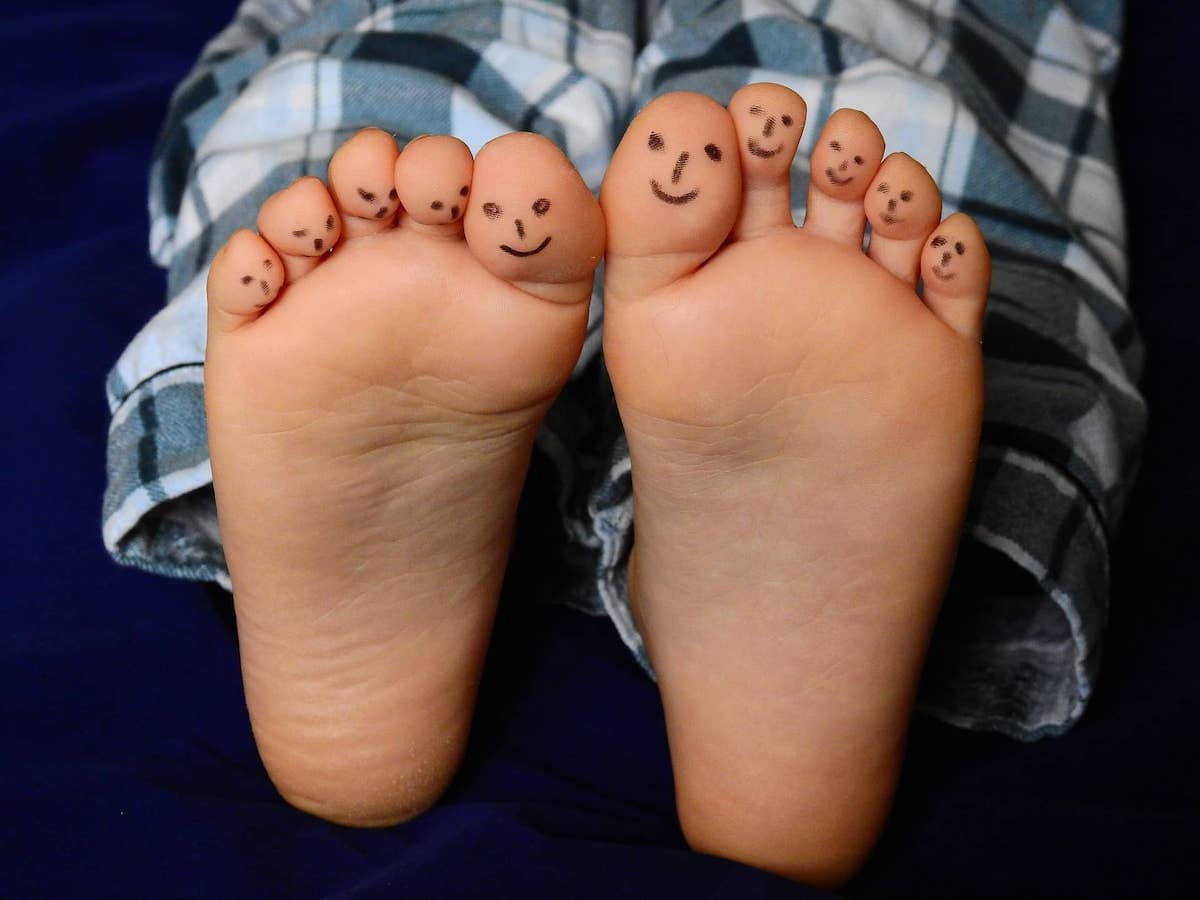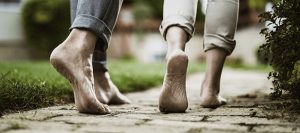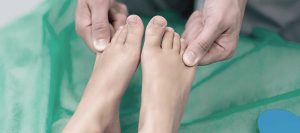
Heel pain in children can be a common occurrence. Here are some warning signs to look for and some important steps you can take that can help prevent or minimize any serious long-term issues for your little ones!
For parents, there is no shortage of issues to worry about when it comes to their children’s health.
That is why it can be easy to overlook some of the less obvious, but equally important, aspects of a child’s well-being.
This includes the health of their feet.
Since kids are always on the move and continuing to grow, it isn’t unusual for them to develop foot problems, including heel pain.
This is especially true for especially for children who play sports and engage in a lot of strenuous activity.
Ironically, a lack of exercise and the obesity that can follow also increases the chances for heel pain.
While kids have a great capacity for healing and recovery, parents should not ignore or brush aside a child’s consistent complaints about heel pain.
If at-home treatments like the RICE (Rest, Ice, Compression, Elevation) method do not relieve the pain or resolve the issue, it could be the sign of a more serious problem requiring professional attention.
Failing to address a child’s complaints of heel pain early on could allow their condition to get worse, making treatment more complicated and involved, and extending the time it takes to recover.
That is why parents need to be prepared to recognize warning signs of heel pain and take steps that can prevent or minimize its development in the first place.
If you notice any of the following with your child, especially after a game or practice session, he or she may have a heel problem:
- Limping
- Walking on their toes
- Pain
- Swelling
Properly designed and well-fitting footwear is a critical part of any effort to combat or avoid heel pain, but it can be hard to tell sometimes when to switch a child’s shoes or adjust them for the best fit.
Parents should keep these guidelines in mind when evaluating their child’s shoes:
- Use inserts to raise the heel, especially in flat-footed cleats.
- Get rid of any shoes that caused the child pain and do not try to use them for another sport.
- Wear well-constructed and support shoes designed specifically for the child’s designated sport.
- Cleats are typically lacking adequate support, so switch them often.
We Are Heel Pain Specialists for Patients of All Ages!
For children and adults alike, foot and ankle problems can be painful and frustrating.
At JAWS Podiatry, we understand that you want to resolve any such issues as quickly and as easily as possible. We are here to get you back on your feet and back to your life.
Please send us a message or contact us at (954) 922-7333 to schedule a consultation.
- Foot Care Tips – The Ultimate Guide To Healthy Feet - February 11, 2025
- How To Use A Pumice Stone To Remove Tough Skin - December 15, 2024
- How To Choose The Best Toenail Clippers For Seniors - August 8, 2024



